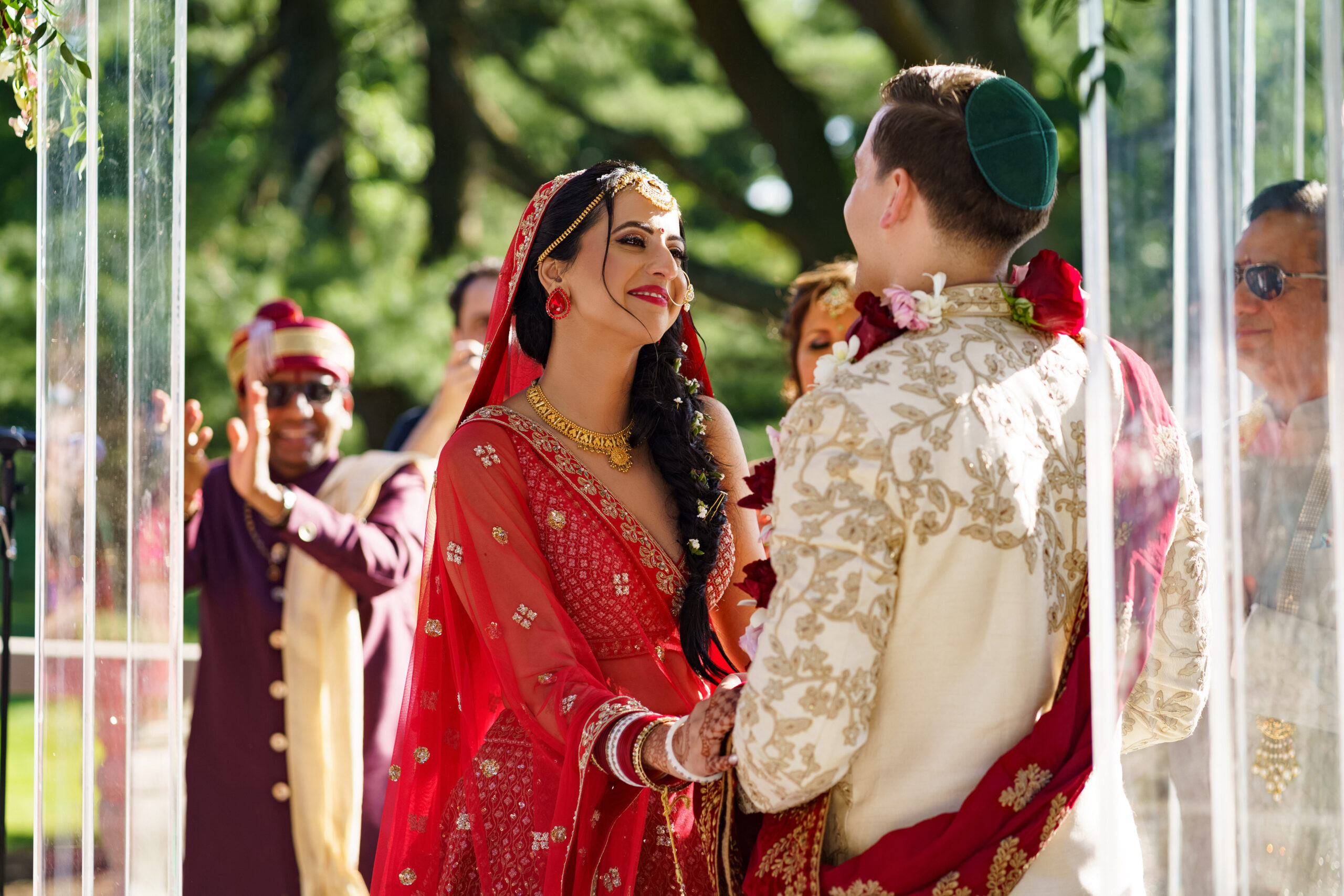A wedding is not merely a union of two individuals; it is a celebration of love, family, and culture.
Across the globe, diverse cultures weave a rich tapestry of wedding traditions, each carrying its own significance and symbolism. In this blog, we delve into the beauty and importance of incorporating cultural traditions into weddings, enriching the ceremony with meaningful rituals that honor heritage and create cherished memories to last a lifetime.
Embracing Ancestral Roots: Paying Homage to Heritage
Incorporating cultural traditions into weddings is a way of paying homage to one’s ancestral roots. Whether the couple shares the same cultural background or comes from different cultural heritages, embracing traditions from their respective families creates a powerful connection to their past. From Indian couples weaving intricate Mehndi designs on their hands to Jewish couples breaking the glass under the Chuppah, these customs bridge the past and present, infusing the wedding with the essence of time-honored traditions.
A Fusion of Love: Blending Cultures in Matrimony
For couples from different cultural backgrounds, a wedding becomes an opportunity to blend their respective traditions into a harmonious fusion. A Hindu-Christian wedding might include the traditional Hindu Baraat processional combined with the Christian exchange of vows and rings. These celebrations of love demonstrate that love transcends cultural boundaries, creating a beautiful tapestry where diverse traditions interweave seamlessly.
Ceremonial Rituals: Symbolizing Unity and Commitment
Ceremonial rituals hold profound significance in cultural weddings, symbolizing unity, blessings, and commitment. For example, the Chinese tea ceremony represents respect and gratitude towards the couple’s parents, while the Hawaiian Lei Exchange symbolizes the couple’s connection to nature and their bond with family and friends. In African weddings, traditional ceremonies such as the tying of the Kente cloth may signify the union of families and the couple’s commitment, adding a unique and vibrant layer to the celebration. Each ritual carries a deeper meaning, infusing the ceremony with heartfelt emotions and strengthening the couple’s bond as they embark on their journey together.
Festive Feasts: Savoring Culinary Traditions
Weddings are often celebrated with feasts that showcase the culinary delights of a culture. From the savory dishes of an Italian wedding feast to the vibrant colors and flavors of an Indian wedding banquet, the food becomes an integral part of the celebration, tantalizing taste buds and providing a shared experience for guests. Including traditional dishes in the wedding menu allows guests to savor the rich flavors of the couple’s cultural heritage.
Vibrant Attire: Expressing Cultural Identity
The attire worn by the couple and their guests reflects their cultural identity and adds a vibrant touch to the wedding celebration. From the elegance of a white wedding gown to the intricate designs of a traditional Sari or Kimono, these garments celebrate the beauty of diversity. Each piece of clothing tells a story, representing the cultural heritage of the wearers and adorning the celebration with splashes of color and patterns.
Music and Dance: Rhythms of Celebration
Music and dance are an integral part of cultural weddings, setting the tone for joyous celebrations. From the lively beats of a traditional Greek dance to the soulful melodies of a Qawwali performance, these cultural expressions elevate the atmosphere, encouraging guests to join in the festivities and celebrate love through movement and rhythm.
Artistic Décor: Elegance with Cultural Significance
Decorations hold great significance in cultural weddings, with each element reflecting cultural symbols and beliefs. Whether it’s the use of red and gold in a Chinese wedding or the delicate floral arrangements in a Japanese Shinto ceremony, the décor imparts a sense of elegance and cultural pride to the celebration.
Invoking Blessings: Seeking Ancestors’ Guidance
Many cultural weddings involve seeking blessings from ancestors or divine entities. In a Native American wedding, a ceremonial blessing may be sought from tribal elders, while in a Hindu wedding, a fire ritual called Agni Parinayana seeks blessings from the gods. These sacred invocations create a profound connection with ancestors and a sense of spiritual continuity.
Significance of Symbols: Unity in Diversity
Symbols have immense importance in cultural weddings, representing various aspects of life and love. In a Filipino wedding, the “cord” symbolizes the couple’s everlasting bond, while the “coins” symbolize their shared prosperity. These meaningful symbols add layers of depth to the wedding ceremony, conveying messages of love, prosperity, and unity.
Family and Community: A Supportive Circle of Love
Cultural weddings are not just celebrations between two individuals; they are a union of families and communities. The involvement of family and friends in wedding traditions strengthens the sense of community. Therefore creating a circle of love that supports the couple as they begin their married life. From the laughter and joy of a Jewish Hora dance to the emotional blessings of an Indian Baraat, these traditions bring together loved ones in a heartwarming display of affection and support.
Incorporating cultural traditions into weddings is an exquisite way of celebrating diversity, expressing love, and honoring ancestral roots. Each tradition weaves its own thread into the fabric of the wedding ceremony, thus creating a beautiful tapestry that represents the richness of the couple’s love story and the heritage from which they hail.
As we embrace the significance of cultural traditions in weddings, we are reminded of the beauty of unity in diversity. A reflection of the world’s interconnectedness and the power of love to transcend borders and boundaries. So, let’s celebrate and document the strength of the love that cultural weddings bring. And cherish the traditions that make each union an extraordinary and cherished moment in time! Check our resources page for more insightful articles on wedding photography.
